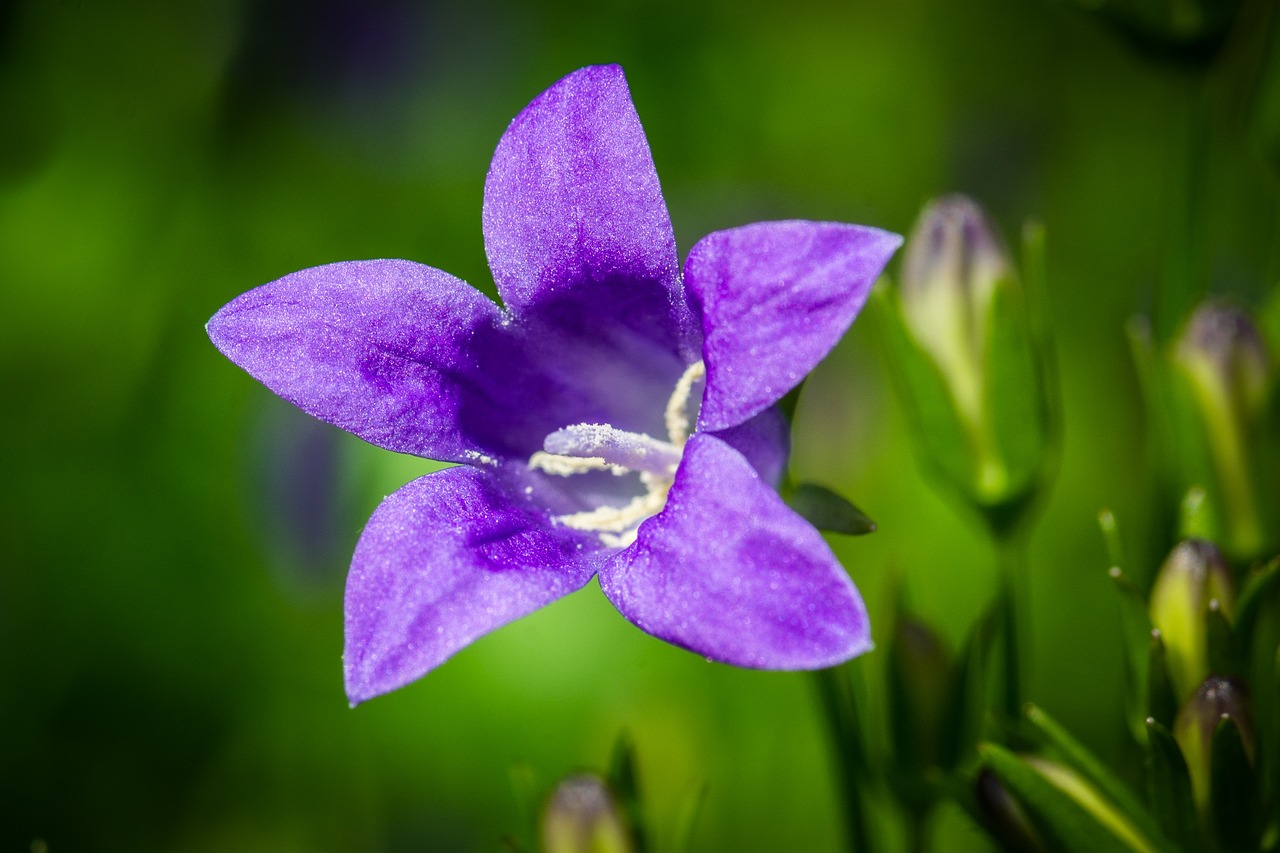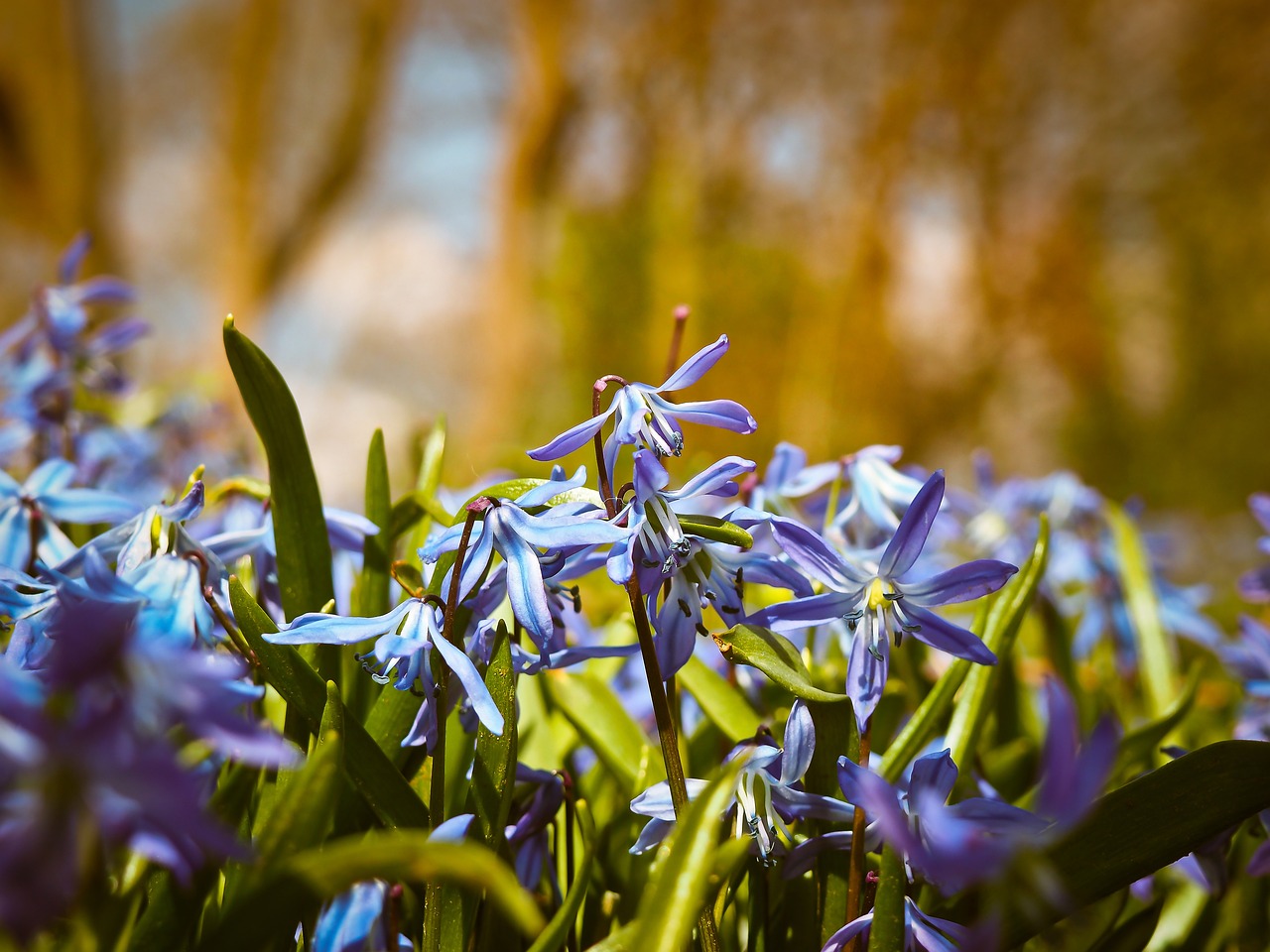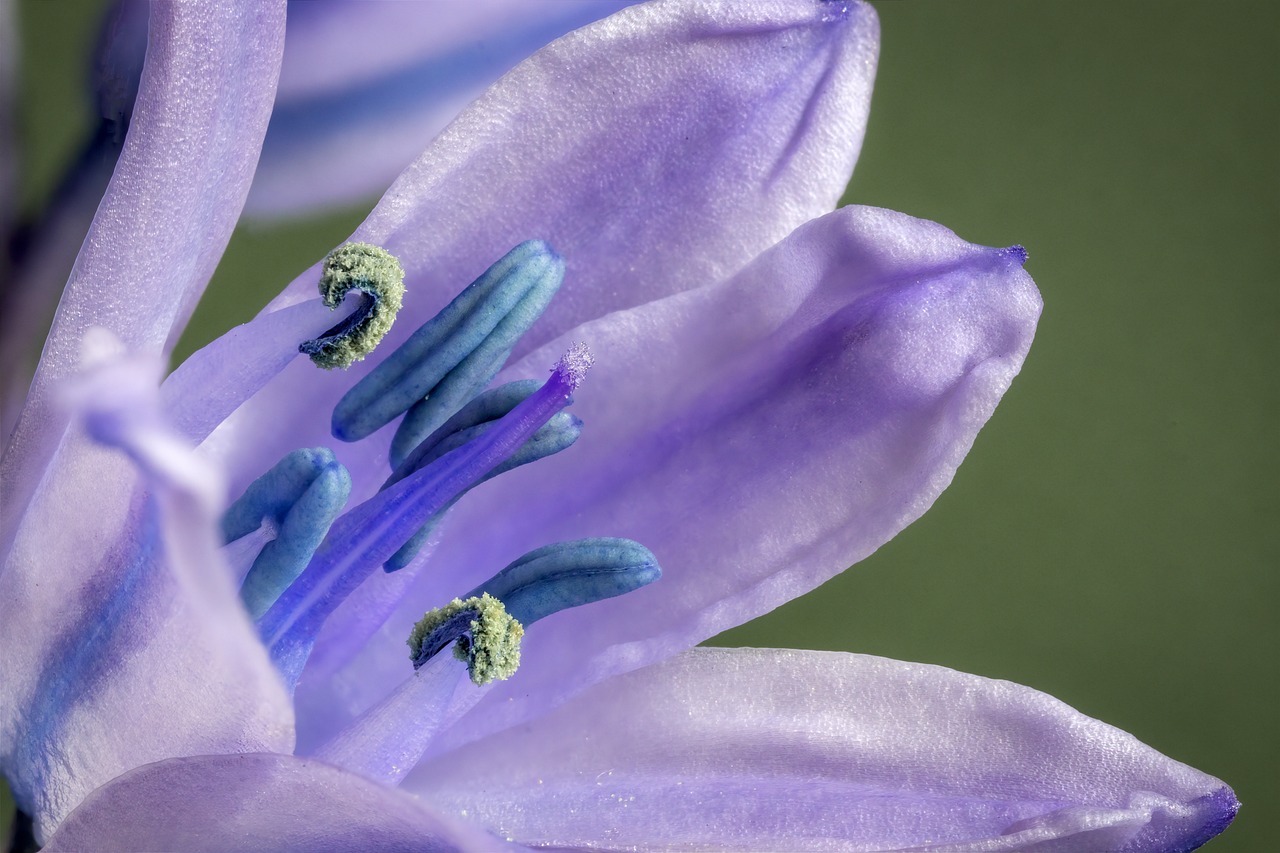“`html
Exploring the Enchanting World of Bluebells
What Are Bluebells?
Bluebells are a beautiful and iconic flower found primarily in the woodlands of Europe. Known for their delicate blue-violet blooms, they create stunning carpets of color in the spring. Bluebells belong to the genus Hyacinthoides, with the most common species being the English bluebell (Hyacinthoides non-scripta) and the Spanish bluebell (Hyacinthoides hispanica).
Habitat and Distribution
Bluebells thrive in shaded, deciduous woodlands where they form dense, vibrant colonies. They prefer moist, well-drained soil and are often found in areas with a temperate climate. The United Kingdom is particularly famous for its bluebell woods, with approximately half of the world’s bluebell population located there. These flowers can also be found in parts of western Europe and have been introduced to other regions, including North America.
Characteristics of Bluebells
Bluebells are perennial plants that grow from bulbs. They typically bloom in late April to early May, depending on the climate. The flowers are bell-shaped and hang down, usually about 20 cm above the ground. The leaves are long and narrow, resembling grass. Bluebells have a sweet, subtle fragrance that attracts pollinators such as bees.
Symbolism and Meaning
In the language of flowers, bluebells symbolize humility and gratitude. They are often associated with everlasting love and constancy. In folklore, bluebells were considered magical flowers, believed to summon fairies or cause misfortune if picked. This mystical reputation adds to their charm and allure.

How to Grow Bluebells
Planting Bluebells
To plant bluebells, choose a location that mimics their natural habitat: a shaded area with well-drained, slightly acidic soil. Autumn is the best time to plant bluebell bulbs, as they need a cold period to bloom. Plant the bulbs about 10 cm deep and 10 cm apart. Water them thoroughly after planting.
Care and Maintenance
Bluebells are relatively low-maintenance once established. During the growing season, ensure they receive adequate moisture, especially if the weather is dry. Avoid disturbing the soil around the bulbs, as they can be quite sensitive. Once the flowers have bloomed and the leaves have turned yellow, you can cut back the foliage.
Dealing with Pests and Diseases
Bluebells are generally pest-resistant, but they can occasionally be affected by slugs or snails. If you notice damage, consider using organic slug repellents. They are also prone to a disease called “bluebell rust,” which causes yellow spots on the leaves. Remove and dispose of affected leaves to prevent the spread.

Additional Information on Bluebells
Conservation and Protection
Due to habitat loss and the threat of hybridization with Spanish bluebells, the English bluebell is a protected species under UK law. It is illegal to dig up wild bluebells or sell them without a license. Conservation efforts focus on preserving native bluebell habitats and raising awareness of their ecological importance.
Bluebells in Culture and Art
Bluebells have inspired artists and writers for centuries. These flowers often appear in poetry and paintings, symbolizing the beauty and transience of nature. They feature prominently in British cultural heritage, with many festivals and events celebrating their annual bloom.
Conclusion
Bluebells are more than just a pretty flower; they are a symbol of natural beauty and cultural heritage. By understanding their needs and characteristics, we can appreciate and protect these enchanting flowers for future generations. Whether you’re planting them in your garden or enjoying a walk through a bluebell wood, these flowers are sure to enchant and inspire.
For more information on cultivating a variety of plants, check out our gardening guides.
Learn more about the conservation of native plants by visiting the Plantlife website.
“`
